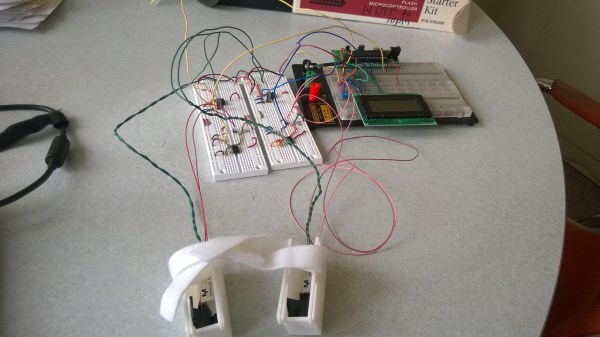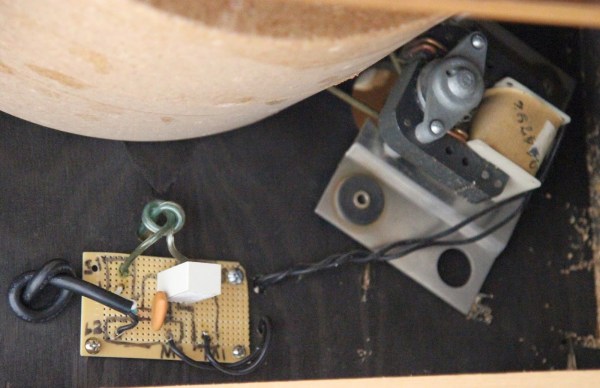Any guitarist knows what a tangled mess of cords can come out of a long jam session. One possible solution would be to get a wireless guitar system, however, such a setup can range in price from about 50 to several hundred dollars. That’s a big price to pay for not having to untangle some guitar cords.
[mattthegamer463] wanted a wireless setup but didn’t want to spend the cash on one. He’s a tinkerer and had a spare wireless microphone setup hanging around. So, he decided to try converting the wireless mic to work with his guitar.
Both microphones and guitar pickups work in similar manner. In a guitar pickup, the vibrating guitar string disturbs a magnetic field and induces a current in the pickup’s coil. That current is the guitar’s signal. Microphones are similar, air pressure waves vibrate a diaphragm or ribbon which then disturbs a magnetic field to create the signal. [mattthegamer463] thought these principles were close enough for him to make quick work of the conversion.
First, the microphone was taken apart and the diaphragm module was removed, cutting the two wires that ran into the mic’s handle. A hole was then drilled into the wind screen so a 1/4″ jack could be installed. [mattthegamer463] states that it’s important to electrically isolate the jack from the wind screen or the signal and ground wires will short and the project won’t work. The two wires that were previously connected to the diaphragm module are then soldered to the newly added jack and the mic was screwed back together.
To use it, a patch cord is run from the guitar into the jack on the mic. The stock wireless receiver from the mic system is then plugged into the guitar amp. The modified ‘mic’ now transmits the guitar signals to the guitar amp! You may think it would be awkward to hold that mic while jamming. You’d be right if [mattthegamer463] didn’t come up with a nice looking aluminum and rubber belt clip.

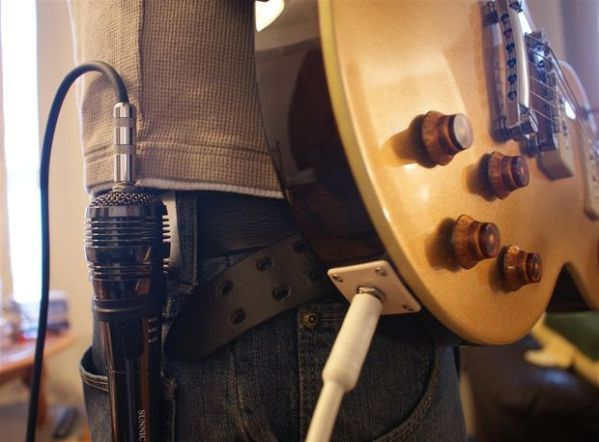


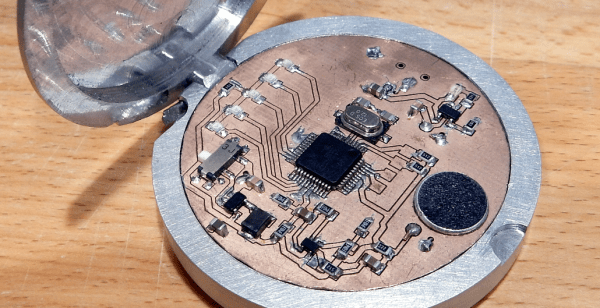
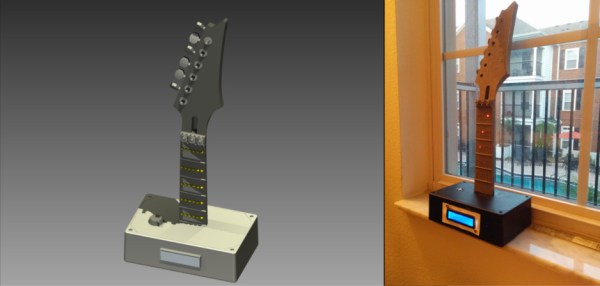
 [MushfiqM] started by rendering a 3D model of an abbreviated guitar using Autodesk Inventor. He then printed his creation in 3 parts: headstock, neck, and fretboard. The neck of the guitar was hollowed out to allow room for a matrix of LEDs which would show the finger positions. [MushfiqM] then painstakingly soldered in a charlieplexed matrix of 30 leds, all connected by magnet wire. The LEDs are controlled by an Arduino UNO, which has the chord and scale charts stored in flash.
[MushfiqM] started by rendering a 3D model of an abbreviated guitar using Autodesk Inventor. He then printed his creation in 3 parts: headstock, neck, and fretboard. The neck of the guitar was hollowed out to allow room for a matrix of LEDs which would show the finger positions. [MushfiqM] then painstakingly soldered in a charlieplexed matrix of 30 leds, all connected by magnet wire. The LEDs are controlled by an Arduino UNO, which has the chord and scale charts stored in flash.